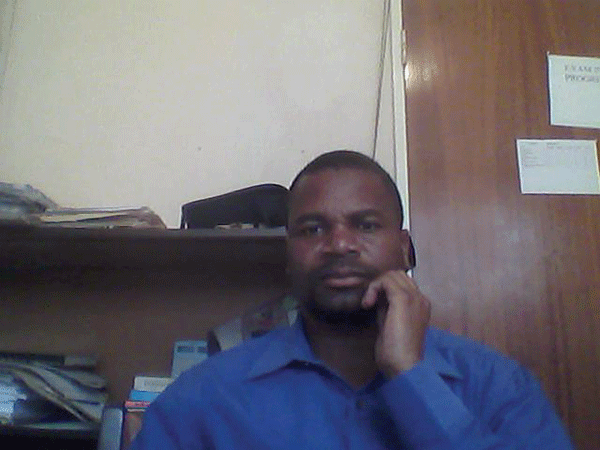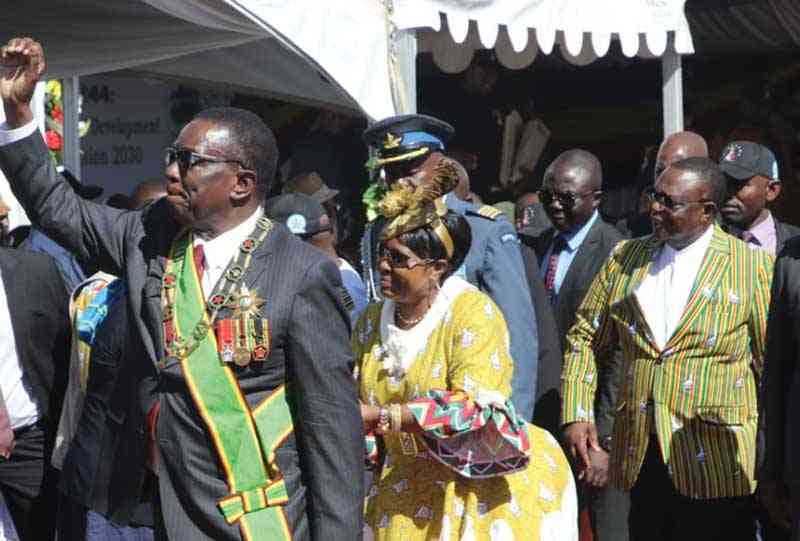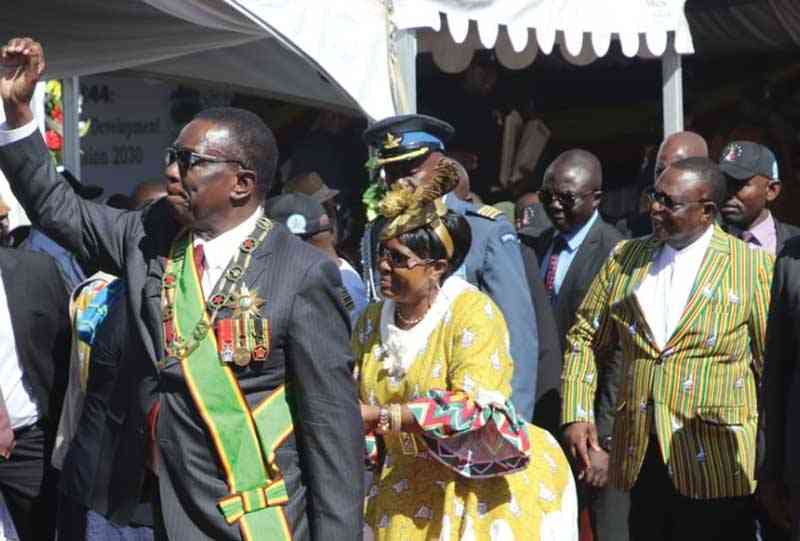
IT has always been difficult to communicate in a manner that mirrors the people’s frame of reference and worldviews. The critical factor is how climate change is framed in a variety of media channels, be it the newspapers (online and print), magazines, televisions and radio.
guest column: Peter Makwanya

Framing, is viewed as, a central organising idea or storyline that provides meaning to an unfolding state of events, weaving in a connection among them. It is also believed that the frame suggests what the controversy is all about, as well as the essence of the issue. Communication experts are, therefore, called upon to regularise the information strategies in order to reach out to the public and constructively engage them. As such, it is also significant to note how our media channels are currently and exclusively engaging the audience.
The most critical factor is climate outreach in order to enhance behavioural change in attempts to address climate change issues. Ever since, climate change communicators have been trying to focus their attention on the nature of the language they use in framing in order to see how it resonates with the people’s world views, representations and experiences. In the developing world, people suffer from muzzled communication dilemma, as a result of diverting from our values and norms of communicating with the public as prime beneficiaries of inclusive climate change communication.
In most cases, our various media channels engage in tell tales about climate change, when the public is lectured and instructed without totally engaging them, thereby creating serious procedural gaps and drawbacks. The public is always at the mercy of the media and politics of the day. Some media houses rarely touch on issues that mirror the audiences’ worldviews and their everyday frame of references so they can connect the dots. This may differ with places and situations. Therefore, the issue of heterogeneity of communication comes into effect, where some media outfits favour political frames, while others are into metaphors or visuals, depending on what resonates with the audience in question. Most climate change framings usually focus on the impacts and consequences, due to the fact that climate change is always discussed in terms of risks, disasters, tones of suffering, doom and gloom. The major undoing with our forms of media is that they always frame climate change in sensational and alarming ways, which scare rather than engage.
It is also important that the audiences should be able to situate themselves appropriately on the continuum of climate change discourse, so that they learn what they can do to change their behaviours without suffering the consequences or reaching the point of no return.
Above all, the audience needs to be reminded of their responsibility as citizens, that they have a duty to make things better without labelling or accusing them.
It is also important for media houses to take time to reflect on the effect of these fast-emerging media discourses which are somehow misplaced from the people’s horizons. Media channels need to communicate simple and in moderation, engage and not deviate from the people’s beliefs and values. The nature of communication should be aimed at changing attitudes and moderate people’s views.
- Chamisa under fire over US$120K donation
- Mavhunga puts DeMbare into Chibuku quarterfinals
- Pension funds bet on Cabora Bassa oilfields
- Councils defy govt fire tender directive
Keep Reading
Media channels can come up with a thousand new vocabularies and yet achieve nothing — so near yet so far. It is significant to communicate discourses that reinforce the people’s way of doing things and leave out political standpoints and rhetorics that are not sufficiently engaging.
Also critical is the question that: Do the communication channels used to frame climate change appeal to the public domain and are they trustworthy?
If the communicator does not share values with the audience then no engagement would take place, as they will simply be turned off. In developing countries the audience are not engaged, they are lectured to, they are told, leaders impose their views on the will of the people, and instead of coalescing, and they continue to remain worlds apart. Those in authority or those tasked to communicate climate change framings need to learn to converse and engage in dialoguing in order to win the people’s trust.
Peter Makwanya is a climate change communicator. He writes in his own capacity and can be contacted on: [email protected]











